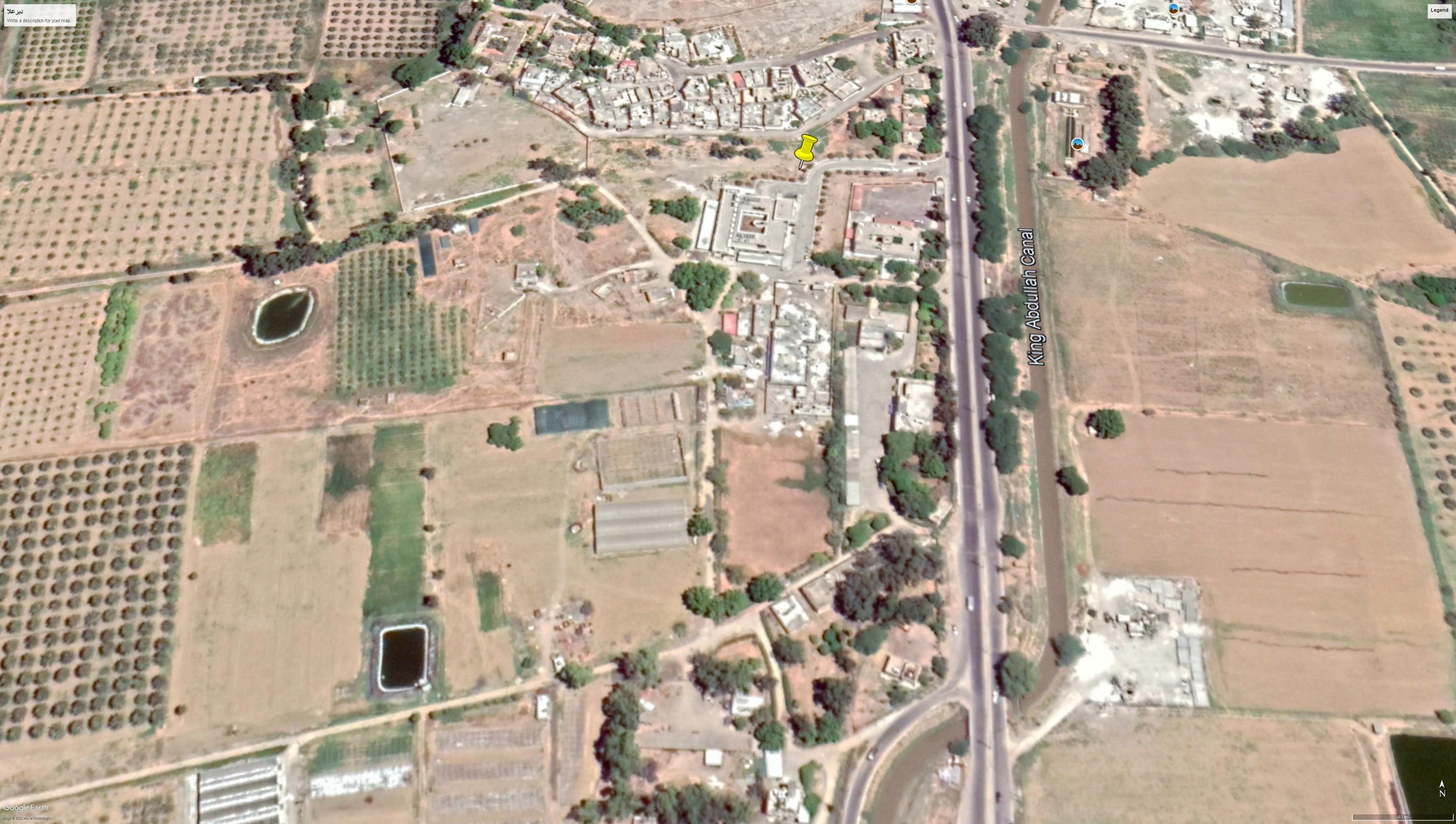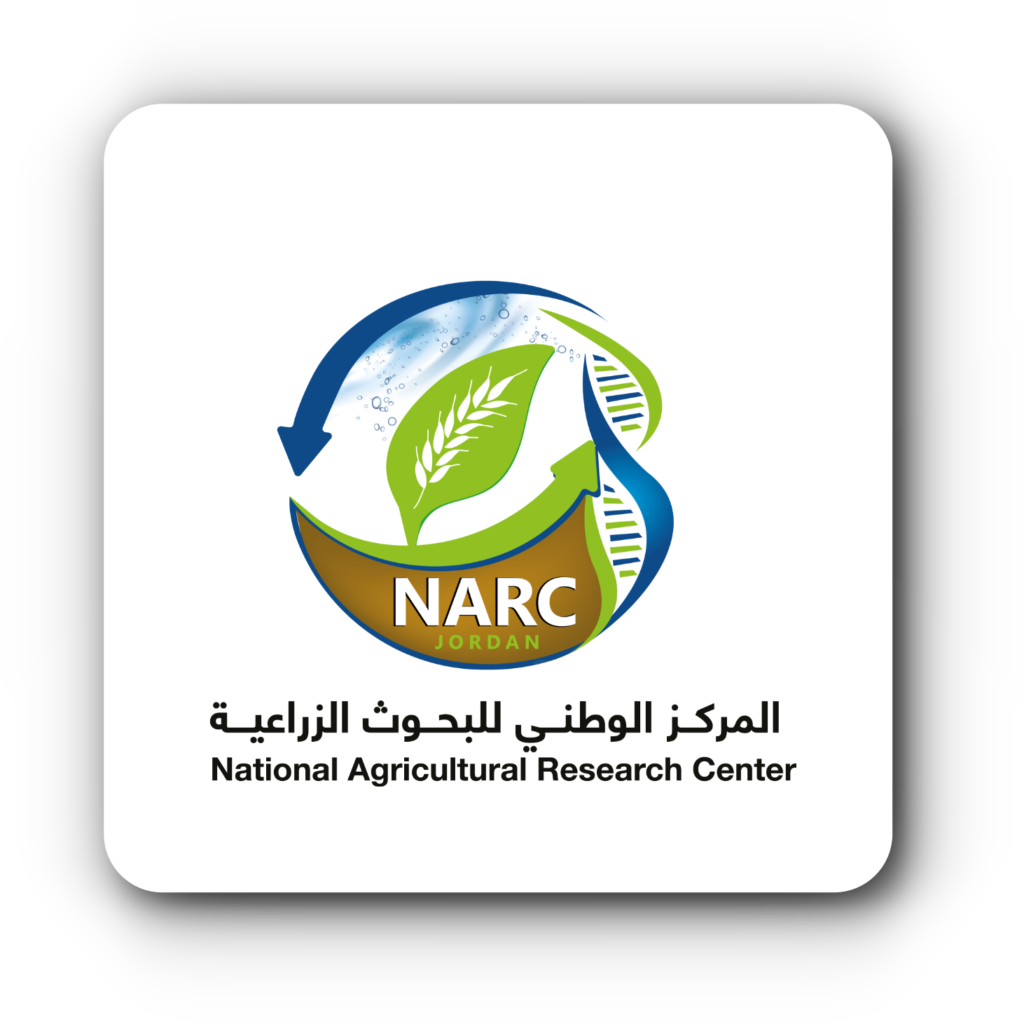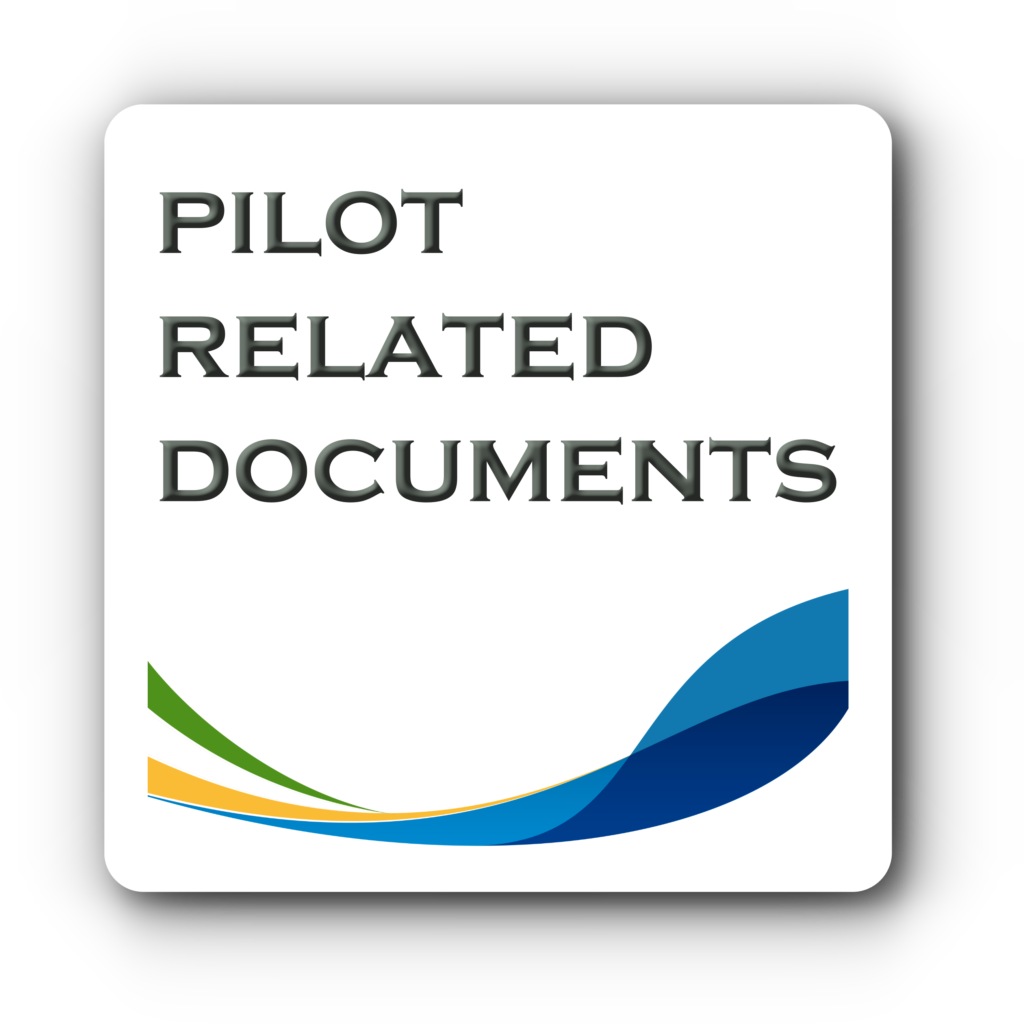
Middle Jordan Valley (Jordan)
The Central Jordan valley is considered one of the main semi-arid areas in Jordan. The Deir-Alla agricultural research station is located middle Jordan Valley and was established in 1956, mainly for conducting research to improve agriculture production and irrigation water efficiency. It is an intensive agricultural area under irrigation, dedicated to vegetables and fruit trees cultivation, for a total area of 30 ha. It is representative of about 33 000 ha of irrigated arable land. The area suffers from water scarcity due to rapid increase in population and of competitive use of limited water resources (the average rainfall is 277 mm per year). Beyond cultivation, farmers in the area also raise livestock to improve their income and livelihood. NARC encourages local livestock farmers to use agricultural and industrial by-products to feed their animals, but also to allocate parts of their arable to the cultivation of forage crops, in order to enhance the use efficiency of water and to reduce the production cost in livestock farming system. To this end, NARC has planned to develop feed formulation program, which include a matrix composed for its majority by locally produced raw material and with a minor extent by imported feedstuff. Agricultural and industrial by-products will be a part of the matrix as non-conventional feed resources, thus reducing the high feeding cost.
CHALLENGES
- Water quality and quantity management:
- low quality of irrigation water for forage crops;
- low irrigation efficiency;
- competitive use of water.
- Soil degradation: salinization and erosion.
- Limited economic potential for new technologies and energy cost in agriculture.
- Conflicts due to limitations in water allocation to farmers.
- High animal feeding cost and significant Animal Feed ShortageAgricultural Marketing.
LENSEN ACTIVITIES
- Test innovative solutions such as forage and feed production for livestock for making hay as well as small scale silage using treated wastewater and/or saline water;
- Support optimal allocation of resources (e.g. water, land) for sustainable development;
- Implement nature-based solutions to mitigate climate change, salinity build up and soil deterioration;
- Conduct socio-economic analysis with the aim to foster the adoption of intercropping and crop rotation techniques instead of growing alfalfa which is a high water-consuming crop;
- Improve management will increase farmer’s income and improving ecosystems status by reducing pollution. For example; improved water allocation efficiency reduces leakages, use alternative energy sources reduce production cost.
KEY STAKEHOLDERS INVOLVED IN THE PROCESS
- Farmers union;
- Water User Associations
DELIVERABLES
- Determine the dry matter production of cereal/legume mixtures and monocultures for salt affected soils in arid and semi –arid region;
- Contribute to the database on nutritional value of cereal/legume mixtures and monocultures and their silage under the management of deficit irrigation with mixed non-conventional water quality;
- Determine WUE of intercropped cereal/legume mixtures and monocultures;
- Report (characterization) on productivity of cereal/legume mixtures and monocultures for drought and salt affected soils;
- New knowledge (reports and scientific papers) to enhance adaptation to climate change and tolerance to drought and salinity.


